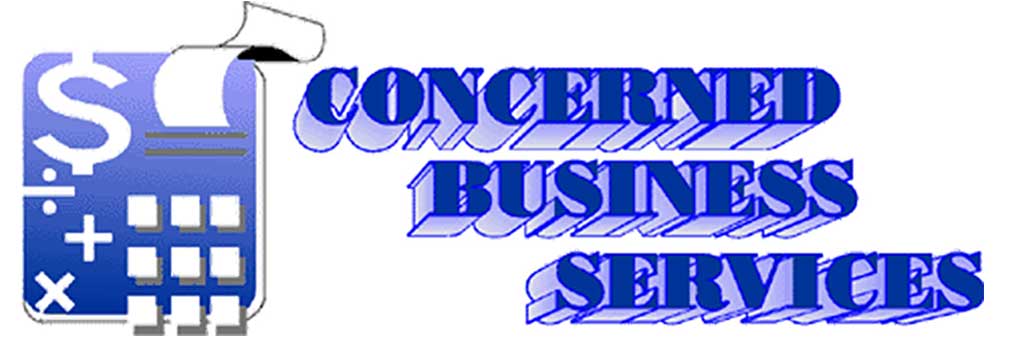Before adjourning the 1996, Congress passed four major pieces of legislation creating over 650 changes in the tax code. They include the:
-
Small Business Job Protection Act of 1996
-
Health Insurance Portability and Accountability Act of 1996
-
Personal Responsibility and Work Opportunity Reconciliation Act of 1996
-
Taxpayer Bill of Rights 2
Listed below are some of the important changes which may impact you.
Increase in minimum wage. Effective October 31, 1996 the minimum wage is increased to $4.75 an hour. On September 1, 1997 the rate increases to $5.15.
Adoption expenses get preferential tax treatment. Uncle Sam has decided to support adopting parents by providing credits up to $5,000 to cover their adoption expenses. Tax credits will be available starting in 1997. The benefits for the credit will be phased out for high income taxpayers starting at AGI of $75,000 and becoming completely phased out at $115,000.
IRA deduction limits are increase for married couples. Starting in 1997 with only one spouse working will be able to make $2,000 IRA contributions apiece. Prior to the change non-working spouses were limited to a maximum combined contribution of $2,250.
New medical savings accounts are created. Employees covered by high deductible health plans will become eligible for a new Medical Savings Account. Participants will be able to clam more favorable tax deductions for medical insurance deductibles paid out of the Medical Savings.
College Savings Plans create a tax deferred way to save. If you’ve got college bound children at home, you may be interested in the new tax deferred College Savings Plan created by Congress. The Plan would allow after tax (nondeductible) payments to be made which would accrue tax-free until your child start college. The taxable portion of the disbursements will be taxed to your child at their usually lower rate.
Long-term healthcare costs are given better tax treatment. Starting in 1997, you will be able to treat a portion of your long-term care expenses and long-term care premiums as medical expenses for itemized deduction.
Office in the home deduction is expanded. If you use your home to store your business product samples you may now qualify for the office in the home deduction. The “exclusive use” rules have been relaxed making more taxpayers eligible for this deduction.
Educational assistance tax break restored. The tax breaks allowing preferential treatment of employer provided educational assistance has been restored. The rule allows employers to provide up to $5,250 of annual educational expenses tax-free to employees. Uncle Sam made this provision effective retroactive to 1995.
Self-employed health insurance deduction increased. Starting in 1997, Uncle Sam has increased the amount of health insurance premiums from 30% to 40%. The limit is gradually increased until the year 2005 when t reaches 80%.
IRS Code Section 179 – Equipment expensing limits are increased. Businesses will be able to expense more qualifying depreciable equipment purchases. The current limit of $17,500 increases to $18,000 in 1997and then stair-steps to $25,000 by the year 2003.
Required distribution rules for retirement plans and IRA’s changed. Taxpayers were required to start taking minimum pension distributions once they reached a certain age. Starting in 1997, this provision is modified to require plan distributions no later the April 1st of the year you reach 70½ or the calendar year you retire, which ever is later.
Luxury auto tax is being dropped. For sales after August 8, 1996, of luxury autos (those costing over $34,000) the 10% excised tax is being reduced to 9%. It will be reduced 1% per year thereafter until the year 2002 when it is scheduled to be eliminated.
Taxpayer rights are expanded. The Taxpayer Bill of Rights has been updated with a Bill of Rights 2. The new bill is supposed to improve taxpayers’ ability to deal with the IRS.
Five-year averaging on lump sum distributions repealed. Starting in the year 2000, the special five-year averaging available for lump-sum retirement distribution to be taxed as if it were spread out over five years which usually resulted in a lower overall tax. The ten-year averaging provision for taxpayers born before 1936 has not been affected by the new law change.
Rental real estate is not eligible for expensing. Congress clarified a disputed provision of the tax code by making depreciable personal property used in rental real estate activities not eligible for the immediate expensing under Section 179. This provision does not apply to personal property used in hotels or motels.
Newspaper distributors to be treated as independent contractors. Effective starting in 1996, individuals engaged in delivering newspapers will be considered independent contractors and not employees.
Involuntary conversion rules expanded for businesses. Under new rules, if business or investment property is involuntarily converted (damaged and replaced with cash by your insurance company) as a result of a Presidentially-declared disaster, no gain will result if the property even thought dissimilar in type or use, is replaced. This provision is retroactive back to January 1, 1995.
Targeted jobs credit re-enacted. The targeted jobs credit which had expired at the end of 1994 is reinstated as the work opportunity credit. The new credit, effective for employees starting after September 30, 1996, revises the definition of targeted group and reduces the credit from 40% to 35%.
The employee $5,0000 death benefit is repealed. The employer provided nontaxable benefit is repealed effective August 29, 1996.
Nonprofits are now eligible for 401(k) plans. Starting in 1997, tax exempt entities will be eligible to sponsor 401(k) pension plans for their employees.
Punitive damages are now taxable. While damages related to personal injures or sickness continue to be nontaxable, punitive damages designed to punish someone for wrongdoing will be generally be taxable.
Congress creates the new SIMPLE Retirement Plan. Effective starting in 1997 a new simplified retirement plan will be available. Designed for employers with no more than 100 employees and may be set up as either an IRA or 401(k) plan.
